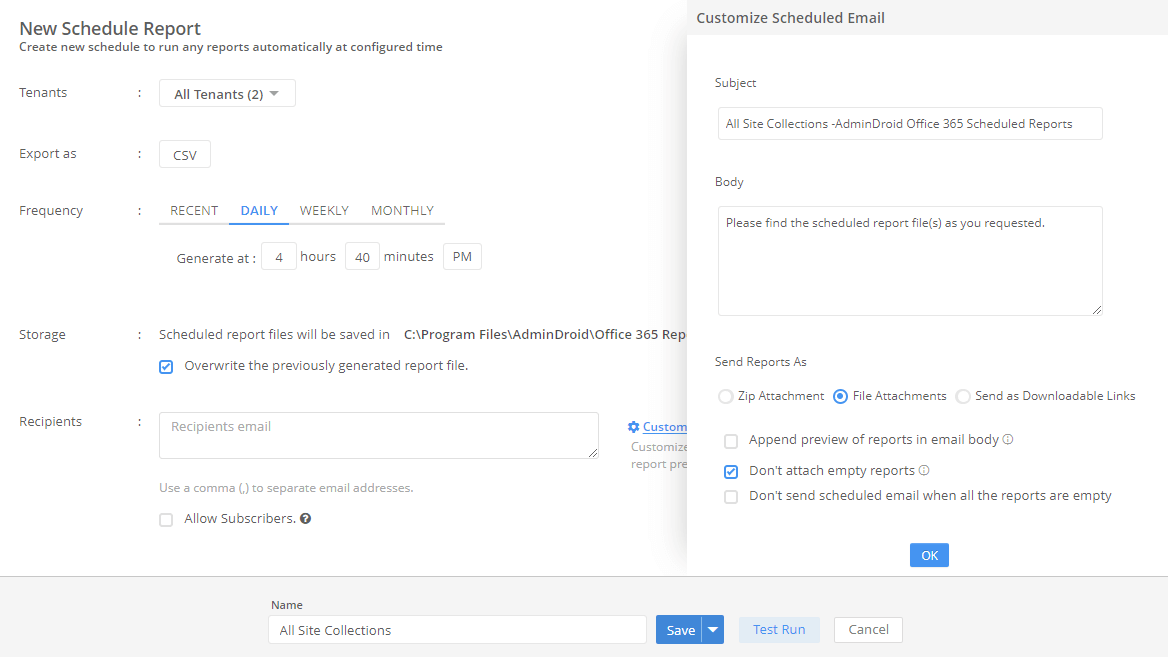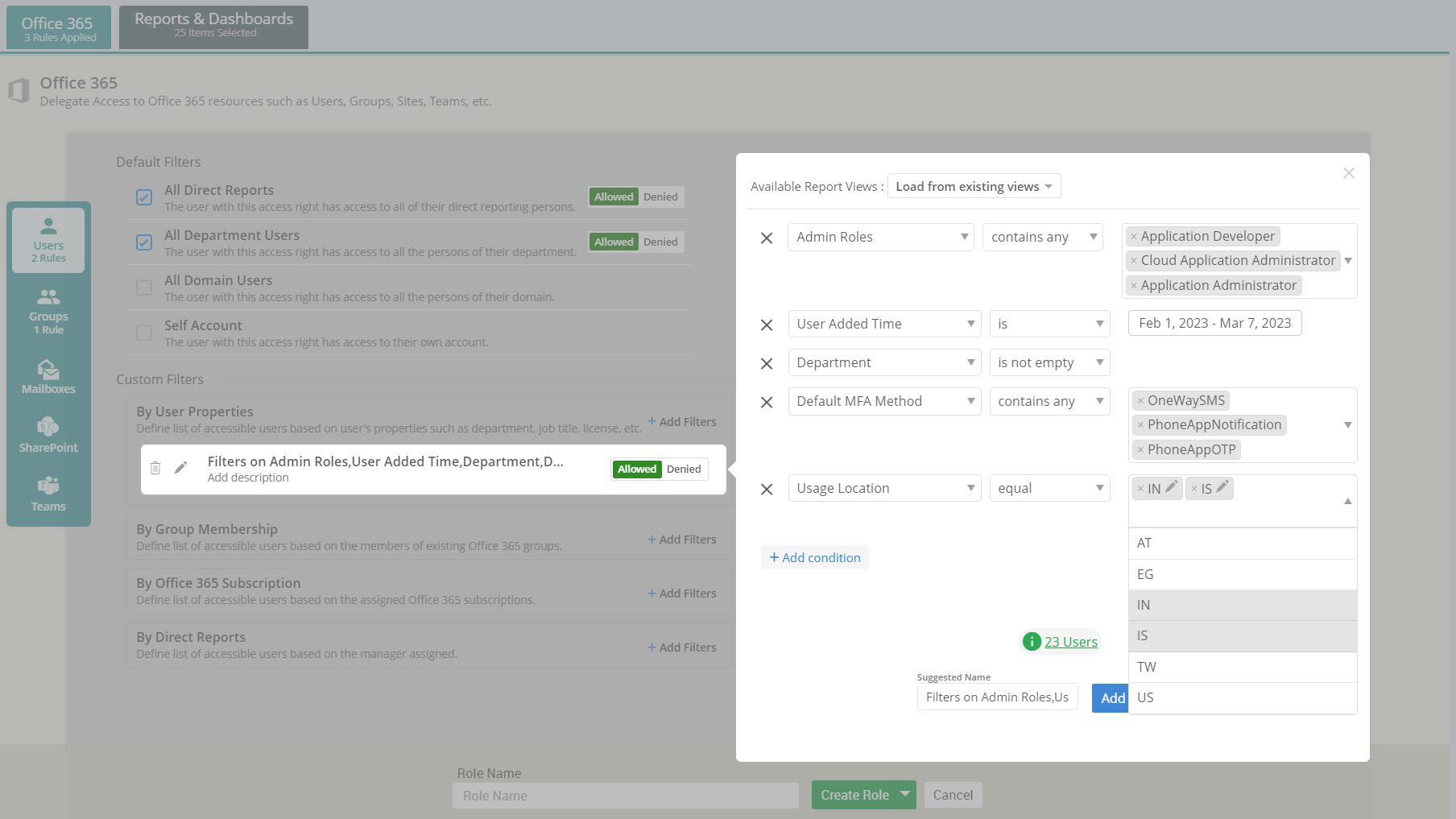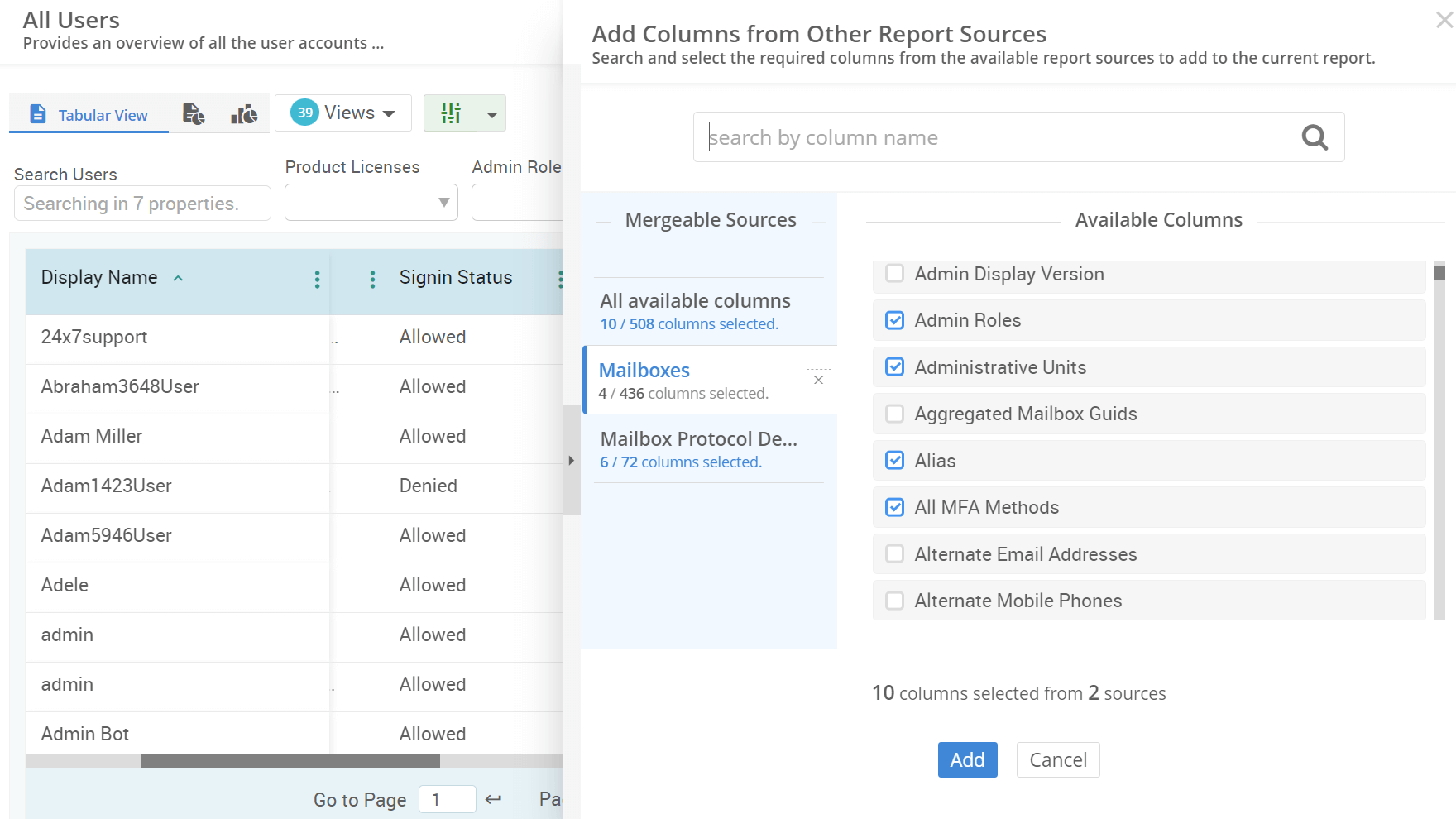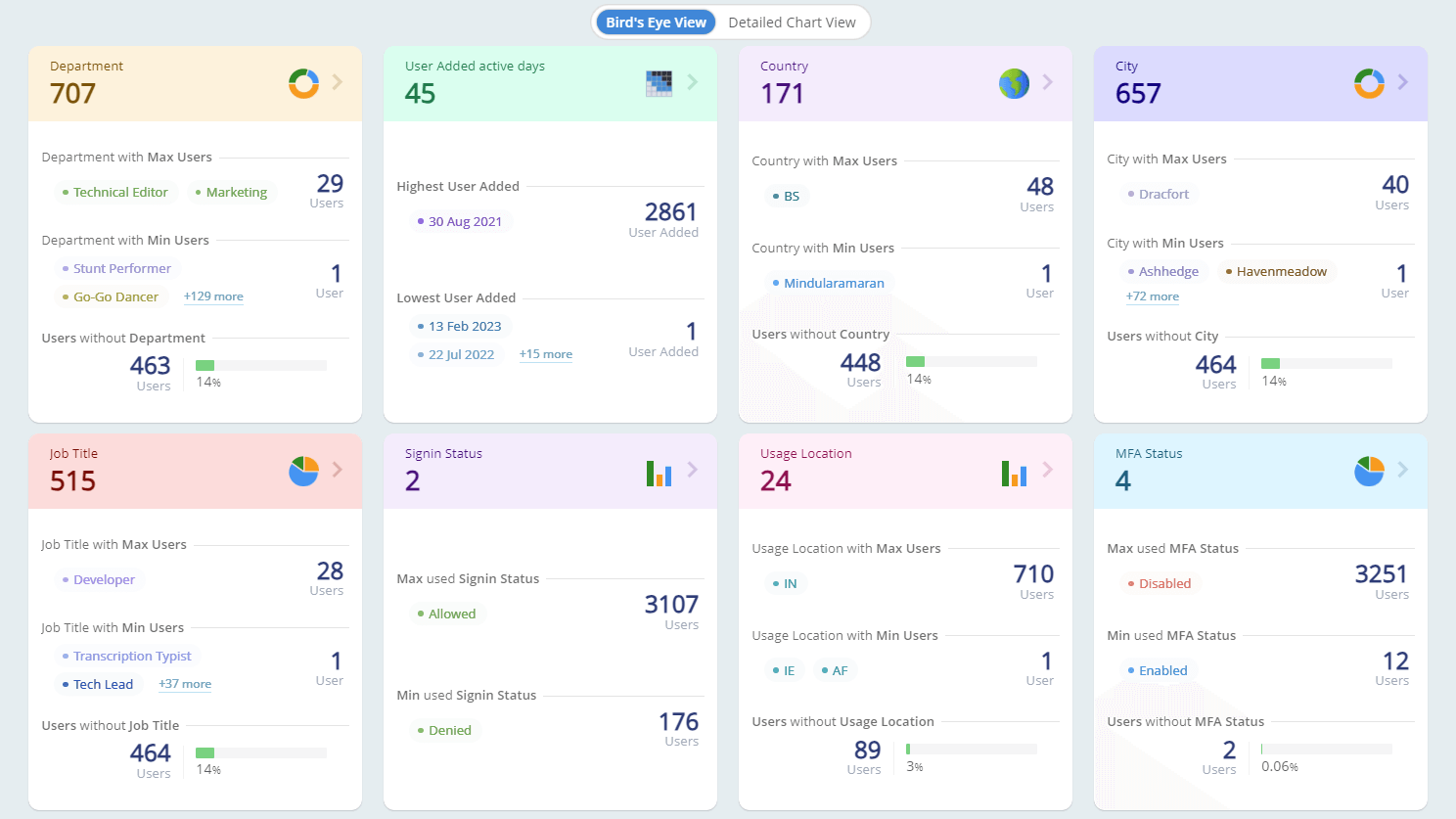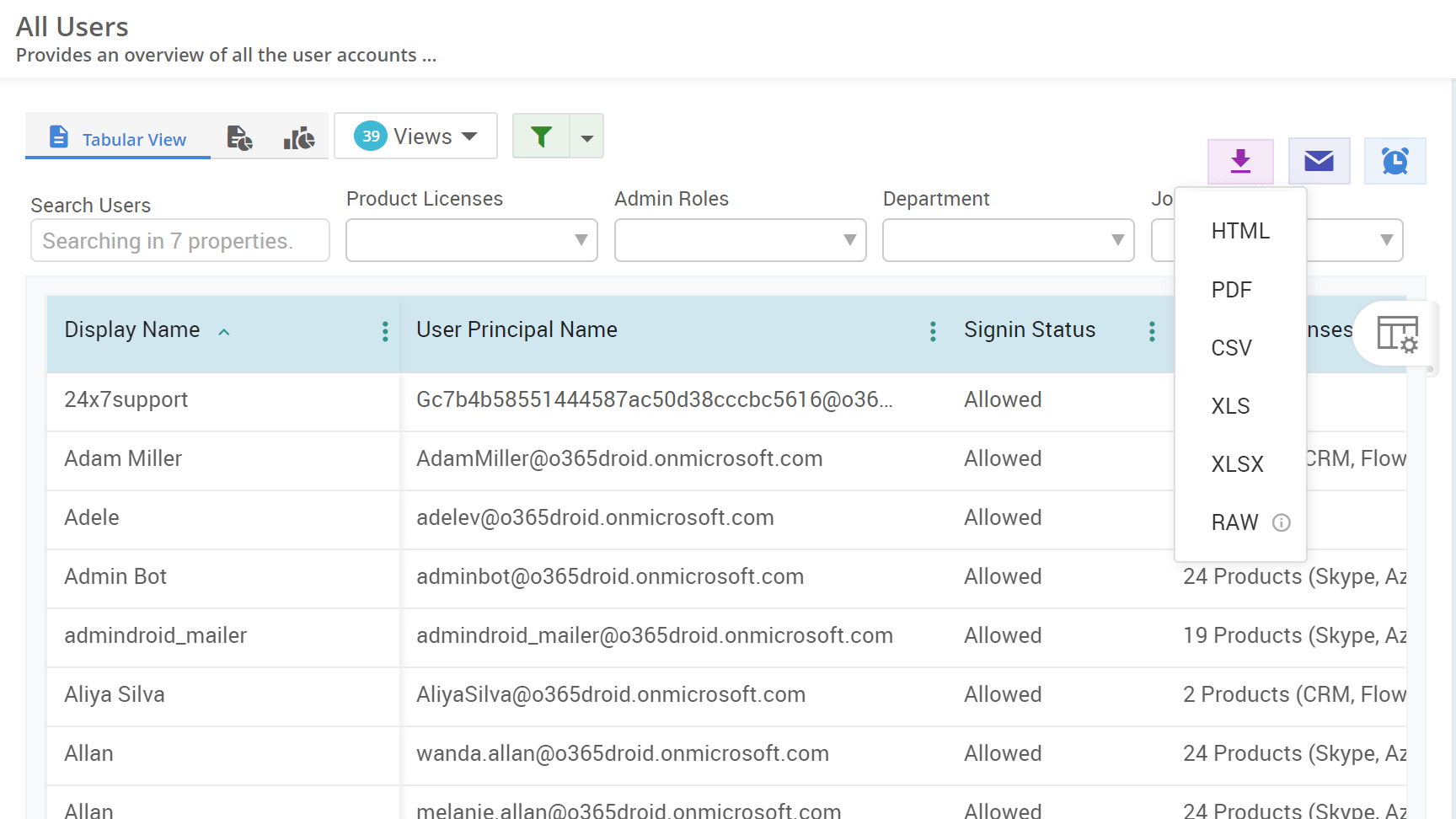How To Easily Export Email App Usage Report in Microsoft 365
Microsoft 365 enhances the user's email experience by allowing access to Exchange Online emails from any device or app. However, this flexibility can pose potential security risks if not managed correctly. To maintain security, it is crucial to understand how email apps are being utilized, which helps in managing email app settings effectively. This guide provides the steps to export the email app usage report in Microsoft 365, ensuring proper and secure email access.















